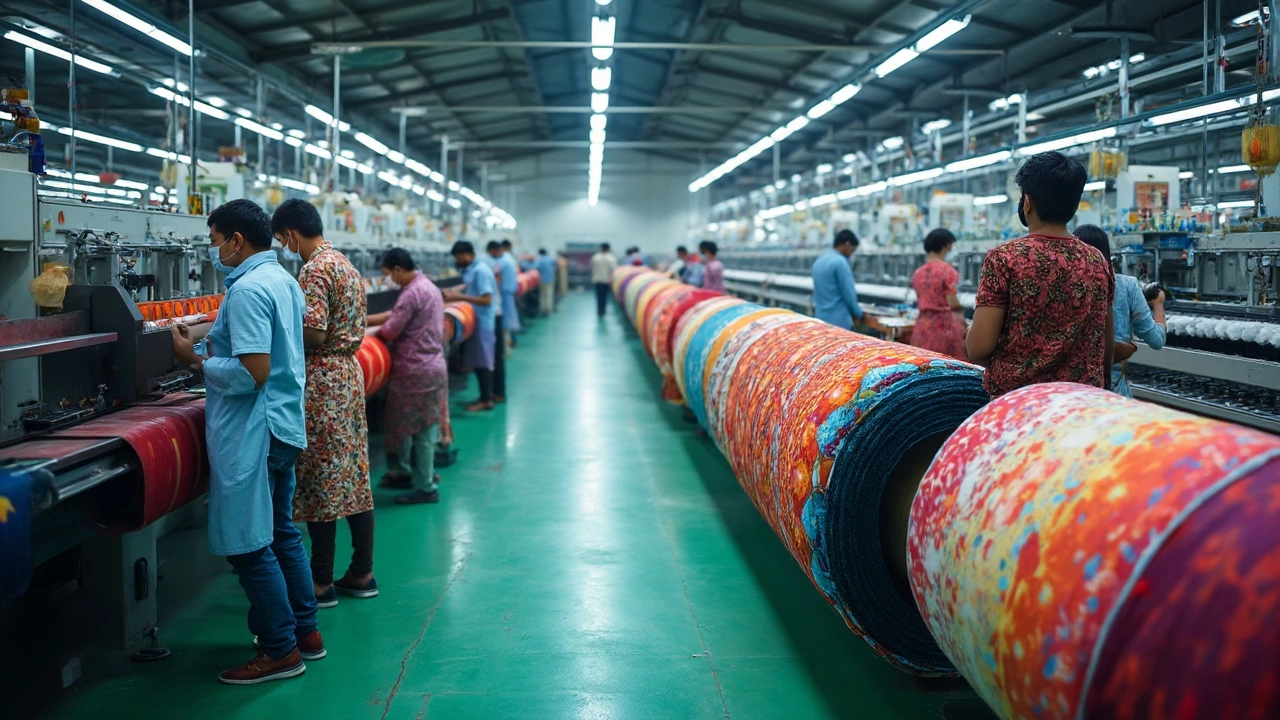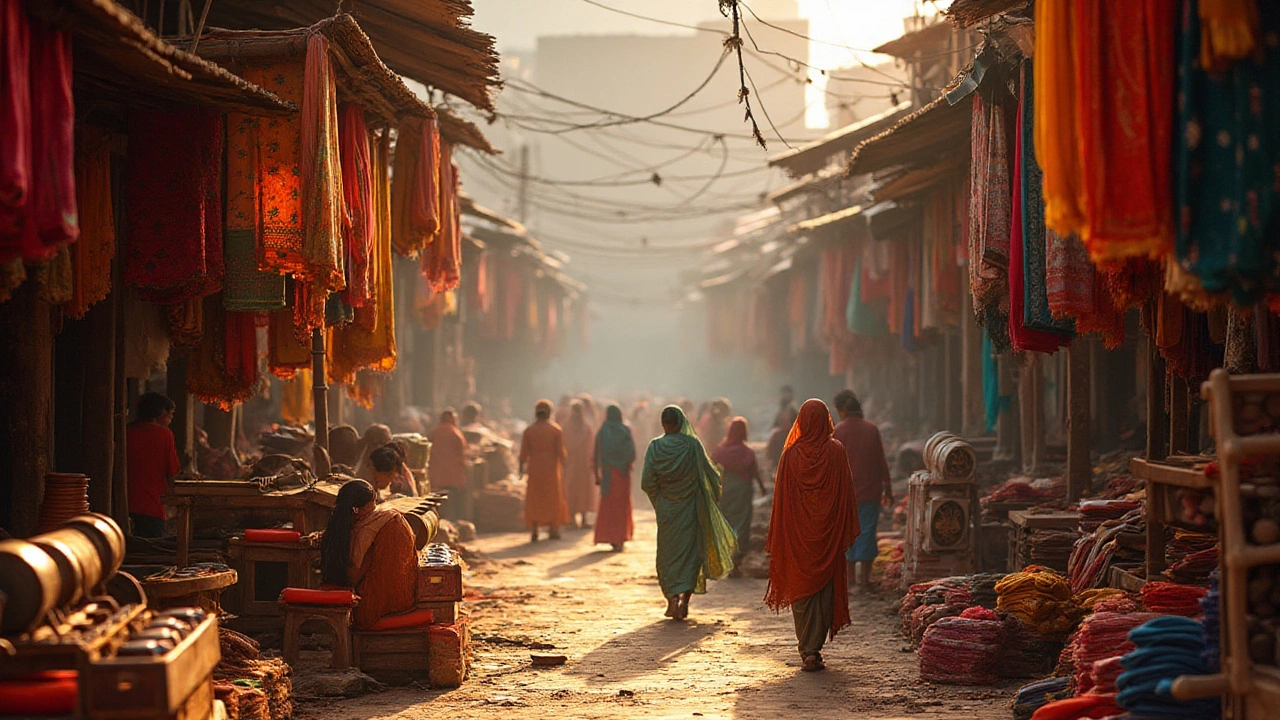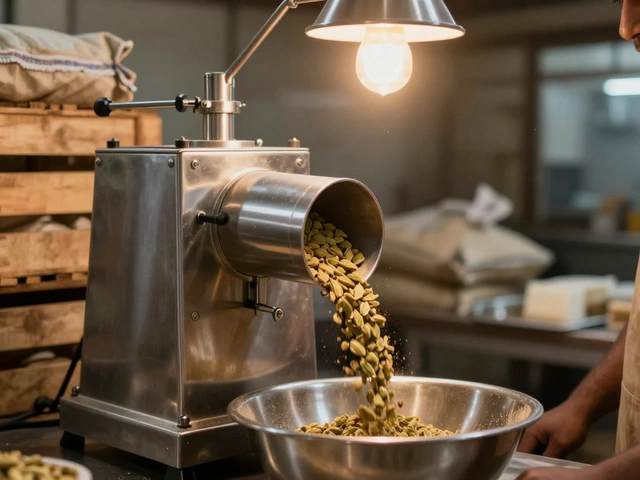Indian Textiles: What’s Hot and How to Get Involved
India’s textile scene is buzzing like never before. From traditional handloom weaves to high‑tech fabrics, the market is expanding fast. If you’re curious about why the sector matters and how you can jump in, you’re in the right place.
Why Indian Textiles Are Growing Fast
First off, demand is soaring. Domestic shoppers are spending more on comfortable, sustainable clothes, while global brands hunt Indian factories for low‑cost, high‑quality output. Government programs such as the Production‑Linked Incentive (PLI) scheme are pumping money into technical textiles, which are used in automotive, medical, and sports gear.
Second, technology is reshaping the game. Automation, digital printing, and AI‑driven quality checks cut waste and speed up production. Small units that once relied on hand labor now have access to affordable CNC machines and eco‑friendly dyes, allowing them to compete on a larger scale.
Third, export numbers tell the story. In 2023, India shipped over $30 billion worth of textiles, with garments, home textiles, and technical fabrics leading the pack. Markets like the US, Europe, and the Middle East keep asking for Indian products because they balance price and style.
Starting a Profitable Textile Venture
Got the itch to start your own textile business? Here’s a quick roadmap that keeps the paperwork and guesswork low.
1. Pick a niche. Look at high‑margin areas such as organic cotton apparel, smart fabrics, or home décor items like printed curtains. Niche markets let you charge more and face less competition.
2. Scout the right location. Textile clusters in Gujarat, Tamil Nadu, and West Bengal offer easy access to skilled labor, raw material hubs, and logistics. Being close to a cluster can slash transport costs.
3. Get the right licences. Register your business under the MSME scheme, apply for a factory licence, and secure a GST number. The process can be done online through the Ministry of Commerce portal.
4. Invest in the right equipment. For a small‑scale setup, a 200 kg capacity loom, a digital printing machine, and a basic dyeing line are enough. If you aim for technical textiles, consider a small batch of non‑woven fabric equipment.
5. Source sustainable raw material. Buyers today ask for eco‑friendly fabrics. Partner with local cotton growers who practice organic farming or explore recycled polyester suppliers.
6. Build a brand story. People love a good back‑story. Highlight local artisans, eco‑practices, or innovative tech in your marketing. Use social media, Instagram reels, and short videos to showcase the process.
7. Test the market. Start with a limited run, sell on platforms like Amazon India or niche e‑commerce sites, and collect feedback. Adjust design, pricing, or quality based on real‑world data before scaling.
Running the numbers is crucial. A typical small textile unit can start with an investment of ₹20‑30 lakh, covering space, machines, and initial raw material. With a modest profit margin of 15‑20%, you could breakeven within 12‑18 months if sales stay steady.
Finally, keep an eye on trends. Sustainable fabrics, 3D‑knitted garments, and digital‑print customization are set to dominate the next few years. Staying agile helps you pivot before competitors catch up.
Indian textiles offer a mix of tradition and tomorrow‑ready tech. Whether you’re a seasoned manufacturer or a fresh entrepreneur, the sector’s growth provides plenty of room to experiment, earn, and make a mark. Ready to start? Grab a notebook, choose a niche, and take the first step today.
Largest Synthetic Textile Manufacturer in India: Who Tops the List?
India is a powerhouse in textile manufacturing, especially when it comes to synthetic textiles. This article uncovers the largest synthetic textile manufacturer in the country and how it impacts the industry as a whole. You'll get interesting facts, practical tips on sourcing, and insights on quality and sustainability trends. Discover what makes this industry tick and which company stands tall above the rest. Perfect for anyone looking to understand or connect with the Indian textile market.
Read MoreCurrent Trends and Challenges in India's Textile Industry
The Indian textile industry is an intricate tapestry of history, culture, and economic significance. As of 2024, it stands as one of the world's largest and most diverse textile sectors, providing millions of jobs and contributing significantly to the country's GDP. However, this vibrant industry faces challenges such as high competition, environmental concerns, and the need for technological advancement. Understanding these aspects can offer insightful views on the industry's future trajectory and its role in global markets.
Read More





